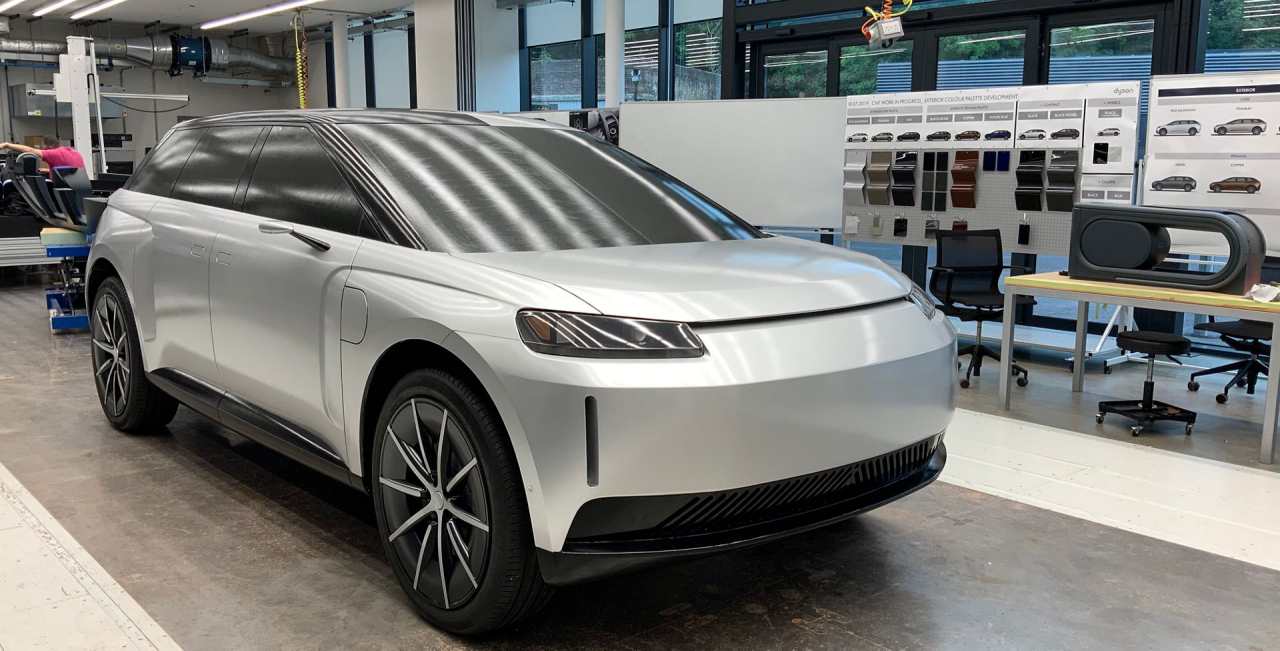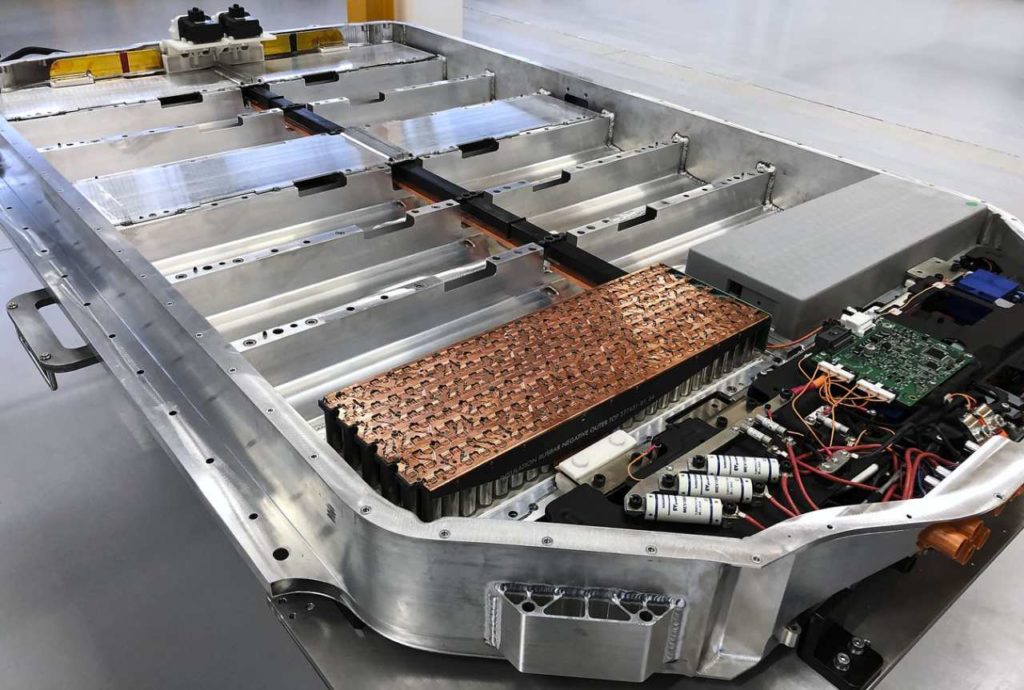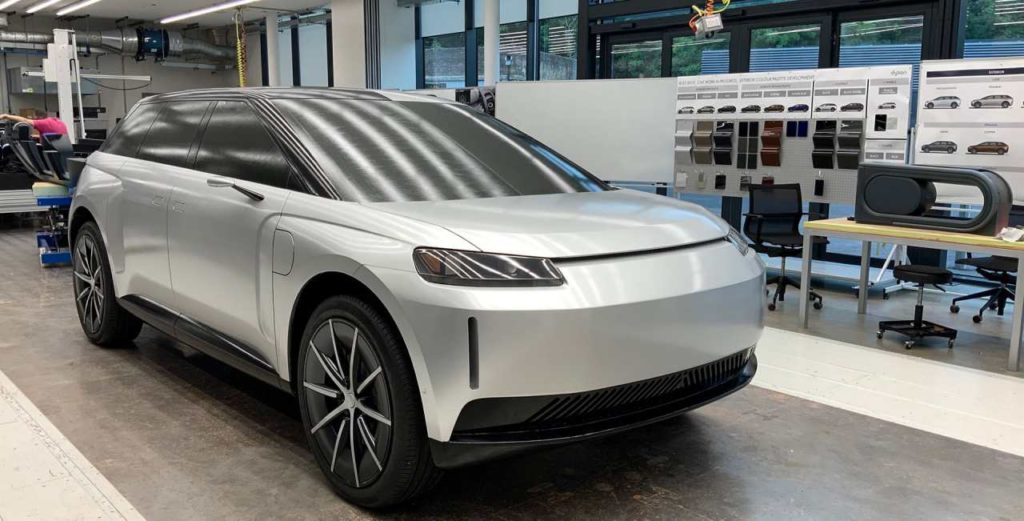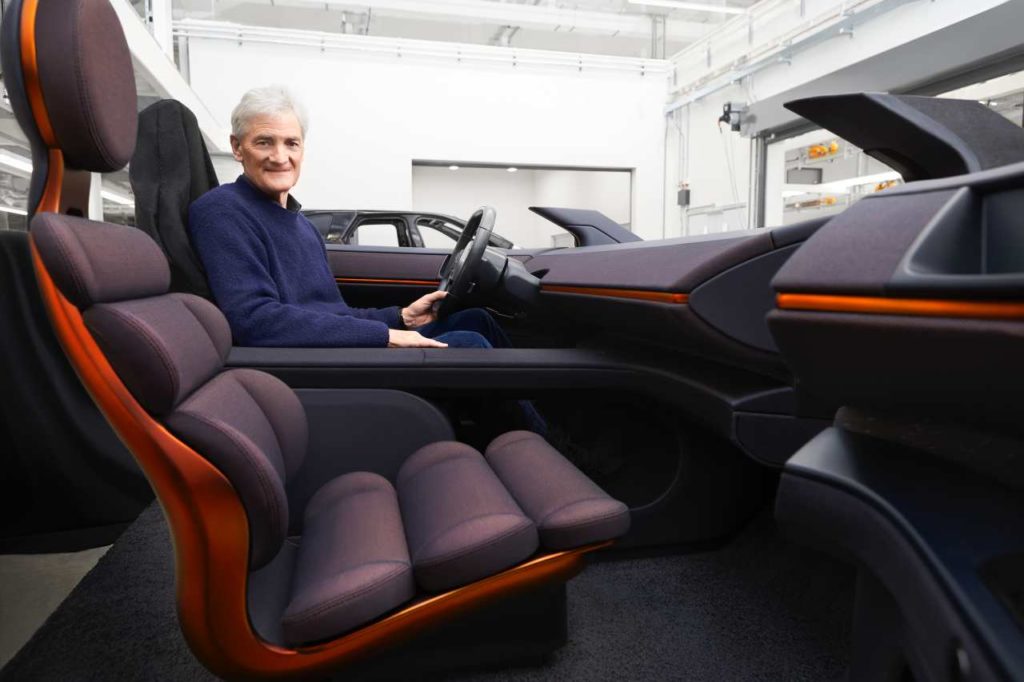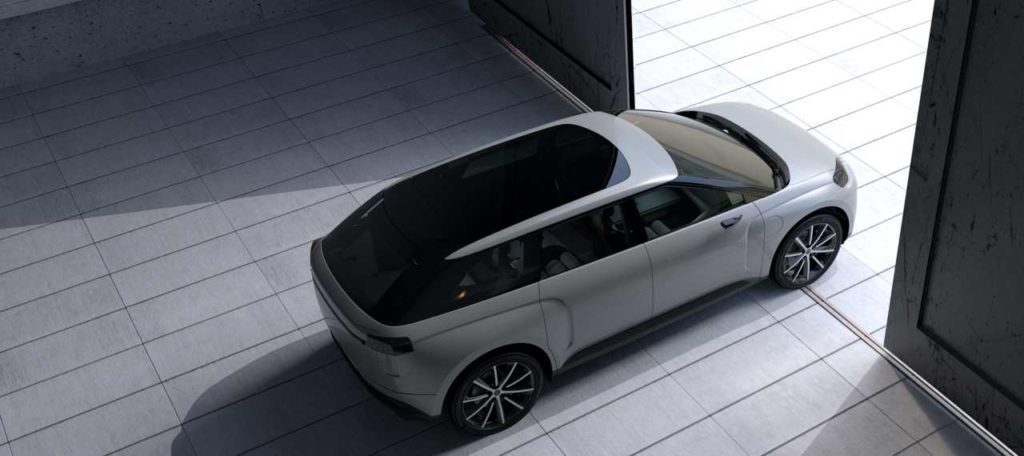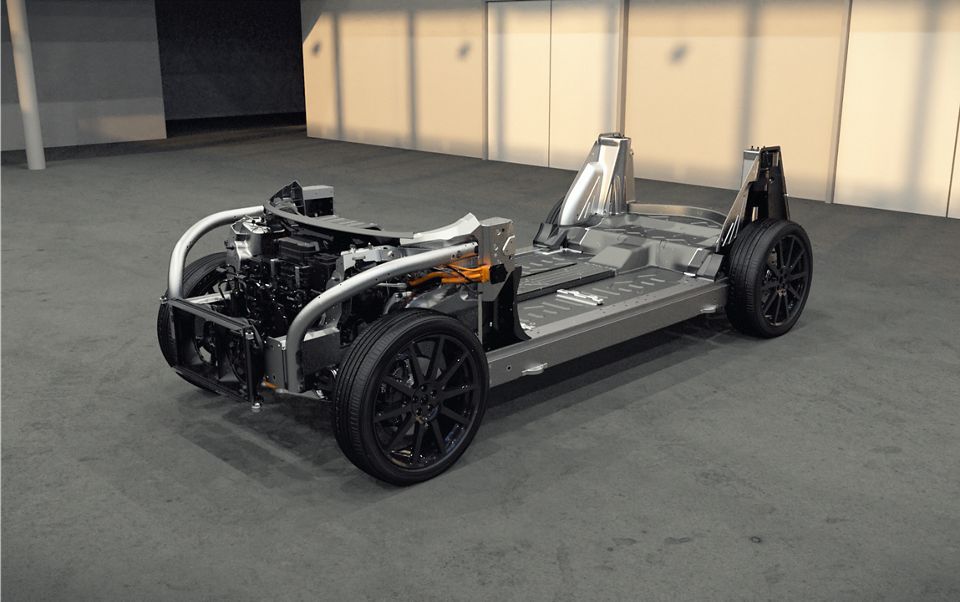Last October, the British businessman Dyson confirmed the cancellation of his ambitious project to launch an electric car on the market. An initiative that has finally stayed on the road and about which we now know new details.
It is a massive SUV with a modern look, a front that powerfully reminds us of Lucid Motors’ proposal, a rear that is much more aesthetically improvable, and massive wheels of no less than 24 inches.
It sits on a 5-meter, 2.6-ton body, where up to seven passengers could be installed. Despite the enormous dimensions and the fact that it offered a driving position described by Dyson as “dominant,” this model with its 1.690mm was much lower than a Range Rover. A design thought mainly to offer an ample interior space, especially in the rear seats, thinking of markets such as China where many buyers travel as passengers.
The propulsion would run under the load of two electric motors designed by Dyson, with a combined power of 528 CV. This would allow this mass to be fired on wheels up to 100 km/h in just 4.6 seconds.
Dyson hoped to install avast 150 kWh battery, with which he hoped to achieve a range of nearly 600-mile range with each charge. A pack could have inherited the work done by the Dyson battery team, which in 2015 acquired the promising Sakti3. A name is strongly related to the also promising solid electrolyte battery.
A future that had already been taken into account in the current design of a battery that could be easily removed to replace it with a new technology when the time came.
Why did this model not reach the market? From Dyson, it has been confirmed that the main problem was the economic one since the starting price of this proposal would have to reach 150,000 pounds sterling, about 168,000 euros in exchange. A reasonably high figure that did not guarantee a large enough reception in a market with increasing competition.
Despite everything, the company does not consider all the investments made in this project to be lost. It has led to a cost of £ 500 million from Dyson’s pocket and has resulted in development in aspects such as platform, the battery system, or the motors, which could find their place in the market in the form of licenses or as a supplier. It could even return from the hand of a new, more compact, and competitive model from the commercial point of view.
A sad end of an exciting initiative, which has its positive side. Its cancellation due to the increase in the proposals of the large groups means that the market is maturing, translates into greater competitiveness, and offers more proposals of consumers.

